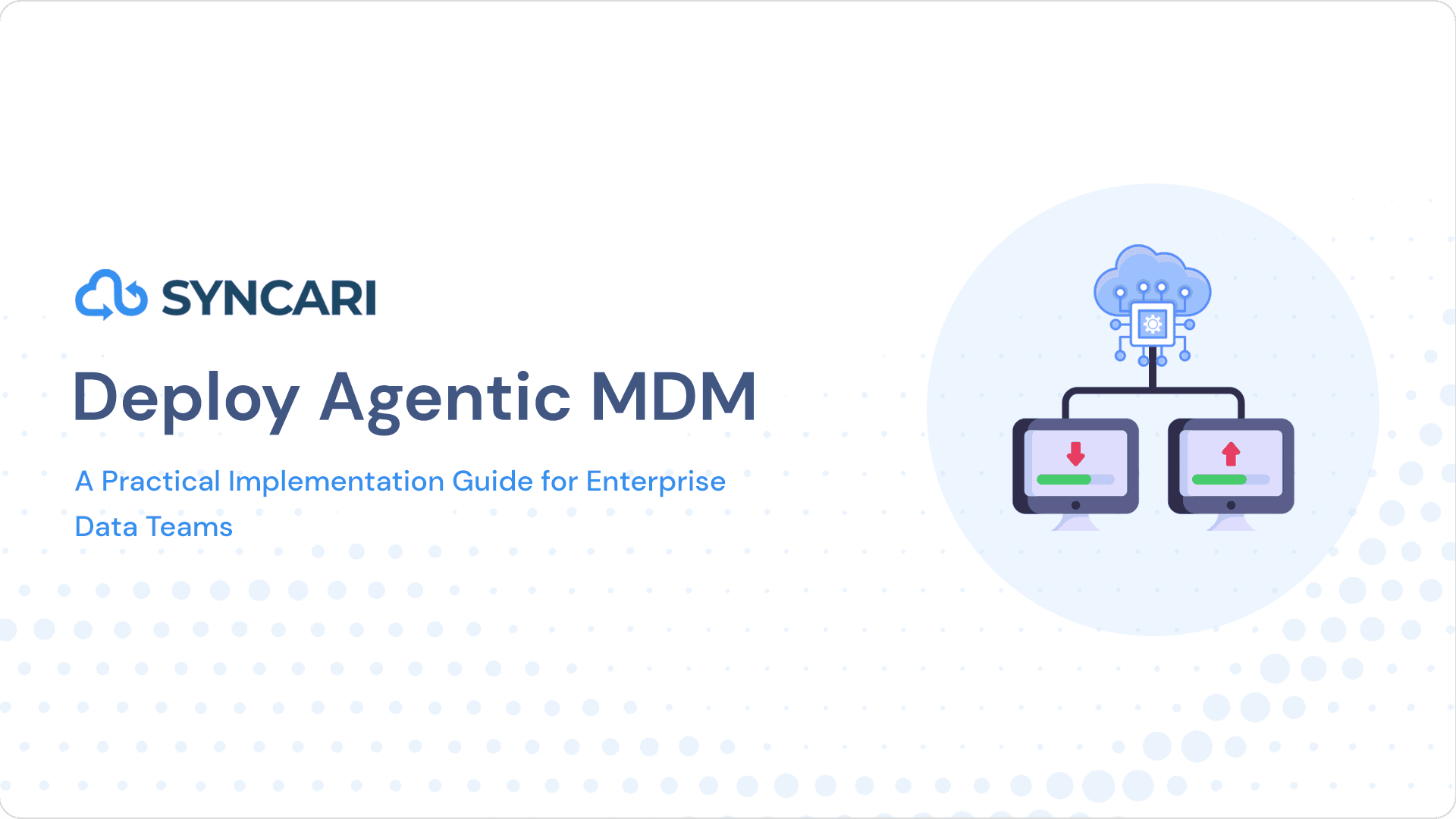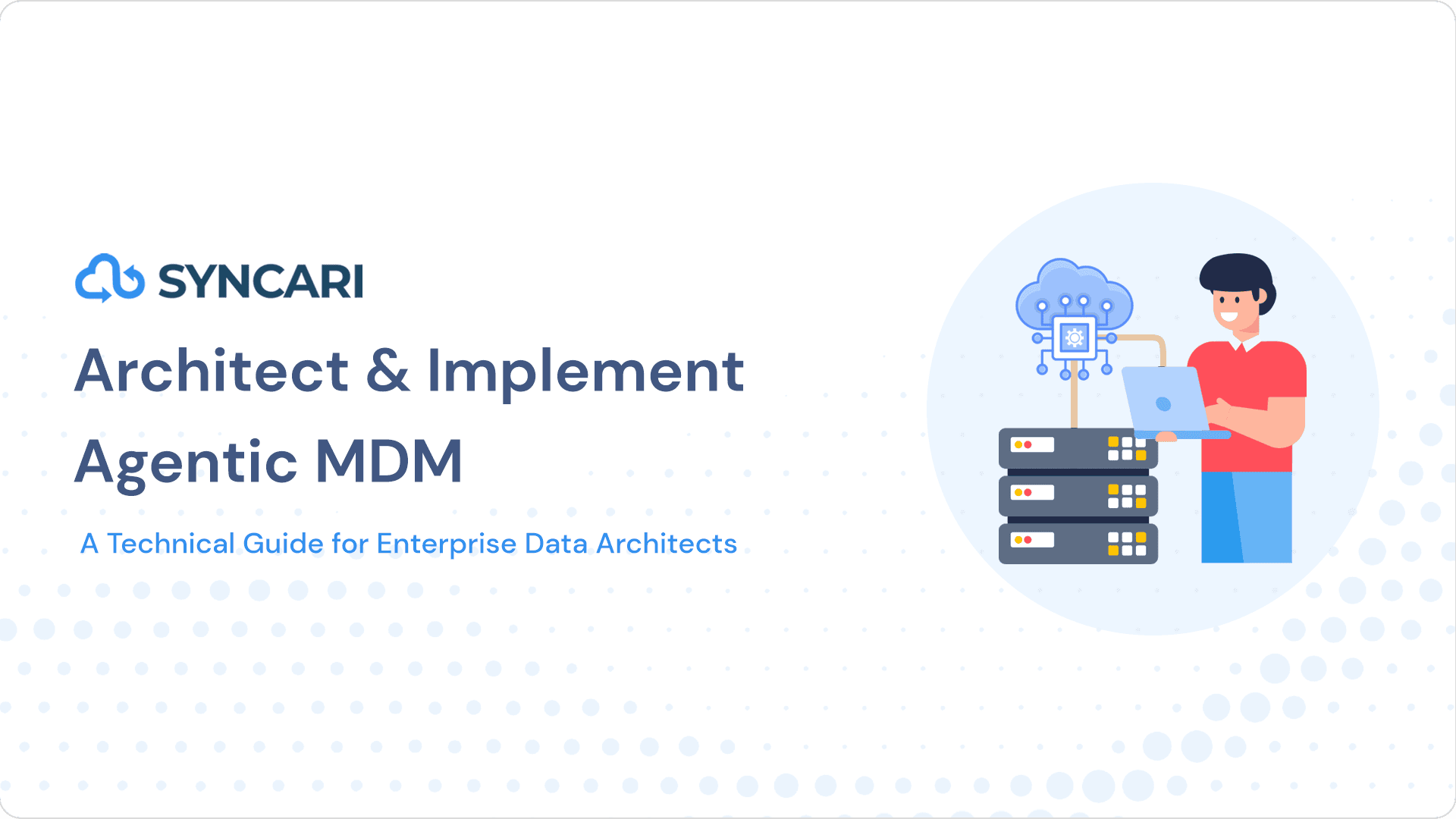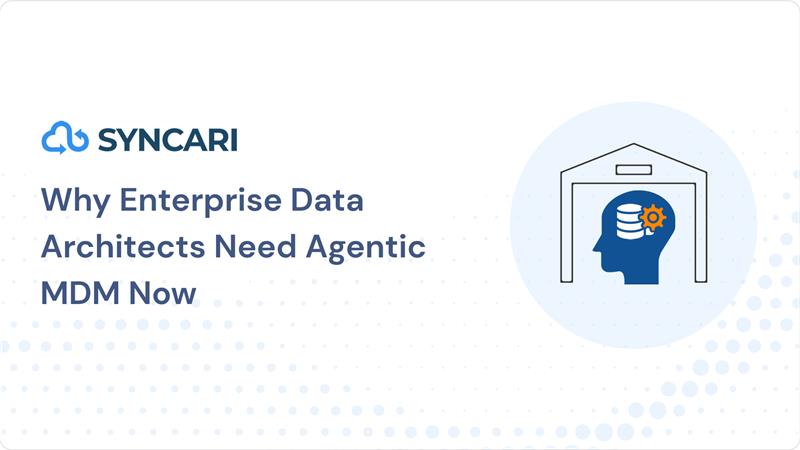Earlier this week, Gartner published a new research article titled “How Tech CEOS at Early-Stage Companies Can Prepare to Implement RevOps.”
There was ONE paragraph in the article that popped off the page for me.

Why?
Customer feedback loops.
If you’re in B2B SaaS, you’re operating with a lot of uncertainty right now. Against that backdrop, customer feedback loops are massively important to help your organization test, learn and adapt quickly. And to create effective customer feedback loops across marketing, sales, CS (and product), you need both common KPIs and shared data as teams will interpret and act on signals differently based on their domain.
Gartner frames this article around shifting buyer behaviors, so I’ll follow their lead as I unpack this a bit. Your customers are telling you a lot right now, it’s just possible you either can’t see or can’t correlate the signals.
A few examples:
- Are buyers using your products? Your CS/product team may have insights into surging/falling product usage data that could inform ICP conversations happening in sales
- Are buyers showing up? A spike in no-shows might elevate the priority of a nurture program stalled out in the marketing queue.
- Have buyer priorities changed? A slowdown in stage 2→3 conversion might elevate the need for executive engagement across opps.
- Do buyers have capacity? Increased community/social chatter on hiring freezes might motivate a joint GTM effort with a key partner.
If these conversations are happening inside your organization right now, they are likely siloed and ad-hoc, making their output both slow and potentially less impactful. In this article, Gartner presents a framework to break down those siloes (aka the RevOps approach) and create these feedback loops at scale.
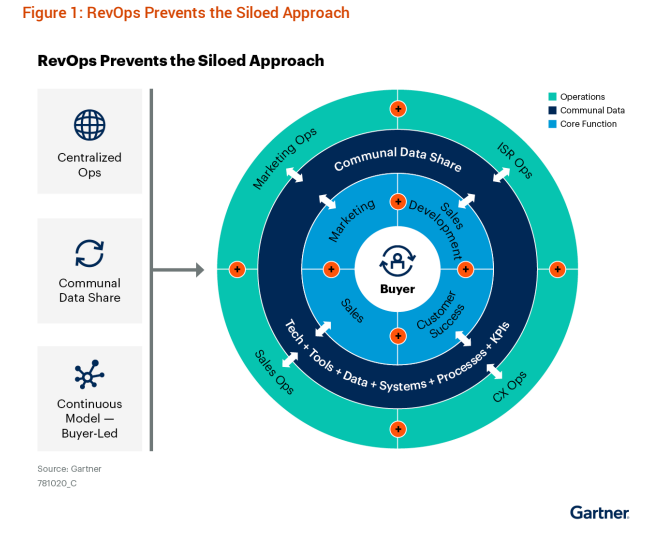
Continuous model – buyer-led
Conversations around the “why” of RevOps are definitely starting to pivot away from “process improvement” and “efficiency gains” and more into the realm of customer/buyer experience. My take: By anchoring on something external, RevOps pros actually empower the org to break out of their own siloes. Customer experience is a more universal concept than attribution model, sales process, and onboarding phase – and it gets team members thinking more about the handoffs that need to occur between teams and the systems in which they work.
A Gartner statistic that supports this shift: By 2026, 80% of sales interactions between suppliers and buyers will occur in digital channels requiring a RevOps approach, up from less than 40% today
Communal data share
In this report, Gartner highlights the key data infrastructure for enabling communal data share and creating these feedback loops is CRM, a data warehouse and a CDP. You probably have a frankenstack mix of all 3. We believe our approach to data unification and distribution is both a key enabler and a key portfolio optimization/cost reduction play here.
Side note: If you ask our customers (Dooly, Demostack, Metadata), product usage data HAS to be a part of this story.
Centralized Ops
RevOps is a journey, not a destination. Having centralized Ops is hard both for startups (I so empathize with the RevOps team of one) and for more mature enterprises who have existing Sales, Marketing, and CS teams in place. This is made more complicated when you consider who owns the management and distribution of product data inside the org. Regardless of the maturity phase, the most important thing a CEO can do is to create opportunities for dialog on shared metrics (feedback loops) that don’t devolve into a debate on whose data is correct. Doesn’t matter much if that convo is owned and driven by the CEO, RevOps, or a coalition – what’s most important is that it’s happening. And that it’s not just happening in pockets of your organization.
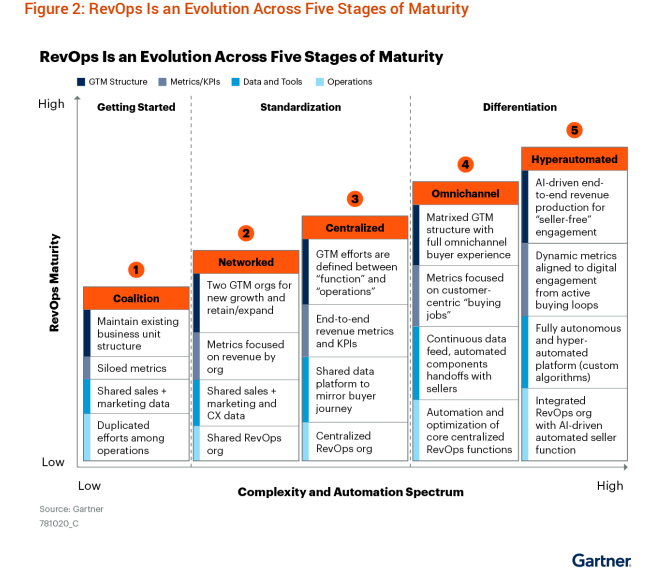
Conclusion
The case for RevOps investment keeps getting stronger. Gartner even goes so far as to state “The key RevOps implementation recommendation is simple: Start as early as possible.” We agree, and if you haven’t started yet (and don’t have activated feedback loops inside your company) – you’re putting your business at risk.
If you have started on the journey, congrats! Our data automation platform plays a key role at all maturity phases:
- Coalition: Ensure siloed data and metrics are trusted, accurate, and accessible
- Networked: Unify and distribute data and metrics across networked functions
- Centralized: Syncari as both command center for metrics/KPIs and shared data platform
- Omnichannel: Identify and activate key signals automatically across key GTM systems
- Hyperautomated: Not sure anyone in B2B SaaS is here yet… More to come.
Want to see for yourself? Sign up for a free trial or request a demo today.
